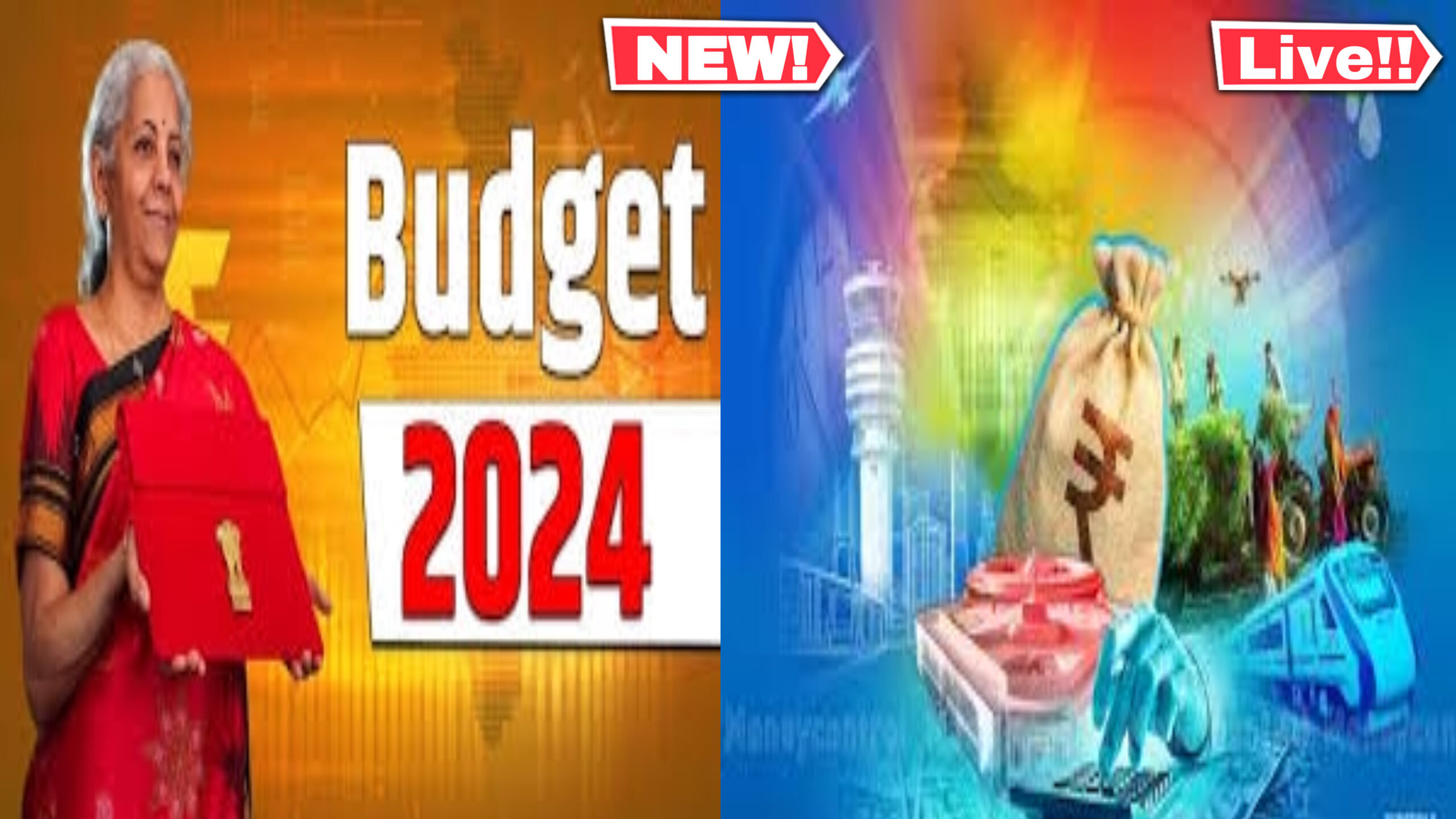In her final Budget presentation before the upcoming General elections, Finance Minister Nirmala Sitharaman outlined the government’s vision for a ‘Viksit Bharat’ or Developed India. She focused on the Indian economy’s significant transformation over the past decade, crediting the Modi government’s structural reforms and people-centric programs for this change. A key highlight of her speech was the government’s commitment to fiscal consolidation, with a goal to reduce the fiscal deficit to 4.5% by the fiscal year 2025-26. Sitharaman made it clear that there would be no changes in the current tax structure, maintaining the existing rates for both direct and indirect taxes, including import duties.
During her speech, Sitharaman addressed the allocation for the Mahatma Gandhi National Rural Employment Guarantee Act (MGNREGA). She emphasized that the allocation is demand-driven, based on requirements from the ground level. However, she also pointed out concerns raised by the Comptroller and Auditor General (CAG) about the program’s implementation in certain states, including issues of wage claims verification. Sitharaman stressed the need for course correction in these states, distinct from the discussion on allocation levels.
The Finance Minister also spoke about the India-Middle East-Europe Economic Corridor, acknowledging the geopolitical tensions in regions like the Red Sea and the Middle East. Despite these challenges, she affirmed the government’s commitment to advancing this project, which holds long-term significance for regions extending up to Europe.
Regarding the railways, Sitharaman clarified that converting railway coaches to the Vande Bharat standard is a decision for the railways to make. She distinguished between Vande Bharat trains and their bogies, explaining that the focus is on improving bogie quality to meet the Vande Bharat standard, particularly for high-density areas. Decisions related to the lines these coaches will serve and ticket price rationalization will be made by the Railways.
Finance Secretary T. V. Somanathan provided details on the corpus for Research and Innovation. He mentioned that the Rs. 1 lakh crore allocation is planned over time as a 50-year interest-free loan to a financial institution responsible for financing and refinancing long-tenure projects.
Addressing the nature of the budget in an election year, Sitharaman stated that while they kept the vote-on-account primarily as such, they also outlined the economic direction and targets for the full budget presentation in July.
In her press conference, Sitharaman highlighted several major announcements from the Interim Budget. These included plans to build 2 crore additional homes under the PM Awas Yojana, focusing on housing for the middle class, promoting rooftop solar power generation, enhancing the Lakhpati Didi target, empowering MSMEs for global competitiveness, paying special attention to the Eastern region, and implementing next-generation reforms. She also mentioned plans for three major railway corridors, upgrading 40,000 coaches to the Vande Bharat standard, urbanization projects including metro and NaMo Bharat, a Rs. 1 lakh crore corpus for Research and Innovation, and a boost to tourism.
Sitharaman outlined the key guiding factors for the budget, focusing on social justice as an essential governance model. The budget targets four major groups: youth, the poor, women, and farmers. It emphasizes a significant increase in capital expenditure, continuing the trend of the past four years, and recognizes technology as a major opportunity. A high-powered committee will also be formed to address challenges related to population growth.
The Finance Minister underscored the government’s success in maintaining fiscal discipline and managing inflation during challenging times, including the COVID pandemic and the buildout of infrastructure. She noted that the revised estimates are on track to meet the fiscal deficit target of 4.5% by FY 26.
During the post-budget press conference, Sitharaman spoke about governance, development, and performance. She emphasized the government’s achievements in managing the economy and delivering development with care, conviction, and confidence. She highlighted India’s status as the fastest-growing economy in the G-20, with three consecutive years of 7% growth.
Sitharaman’s budget speech on February 1 was notably her shortest ever, lasting only 56 minutes. In terms of allocations, the 2024 Budget earmarked ₹86,000 crores for MGNREGS, a 43.33% increase from the previous budget. However, the current expenditure for the program is already at ₹88,309 crores.
Finally, the interim Budget differs from a full Annual Budget in an election year. An incumbent government presents an interim budget as a new government may take office post-elections, making it necessary to present a budget that addresses immediate needs without committing to full-year expenditures and policies.

